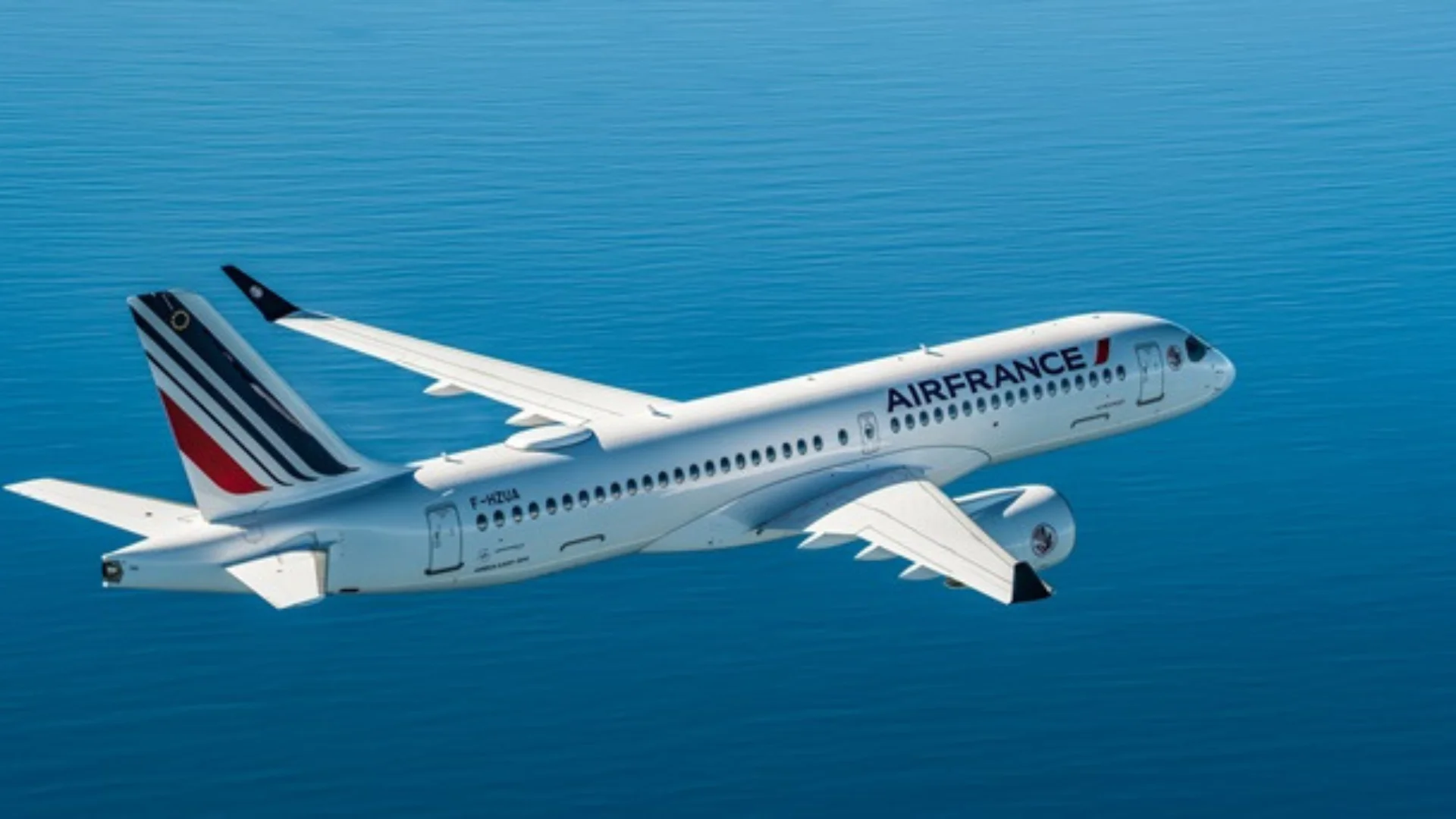When Airbus introduced the A340 in 1987, expectations were high for its success. The European manufacturer had previously demonstrated its capabilities with the Airbus A300, which introduced innovations like the two-pilot cockpit. However, the A340-200 variant failed to meet commercial expectations.
Industry analysts were divided on the direction Airbus should take. Some suggested focusing on mid-capacity long-haul aircraft to improve fuel efficiency with twin-engine designs. Others believed that growing airport congestion would necessitate larger aircraft to accommodate more passengers.
In response, Airbus launched both the A330 and A340. The A330 was designed for a future dominated by twin-engine travel, while the A340 featured four engines and massive capacity. Despite some success with over 270 units produced, most A340s have been retired in favor of more efficient models.
 Alerts Sign-up
Alerts Sign-up








